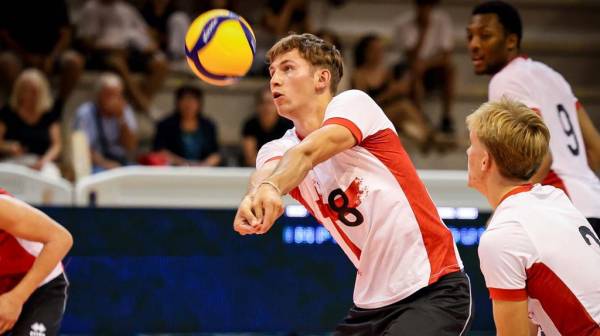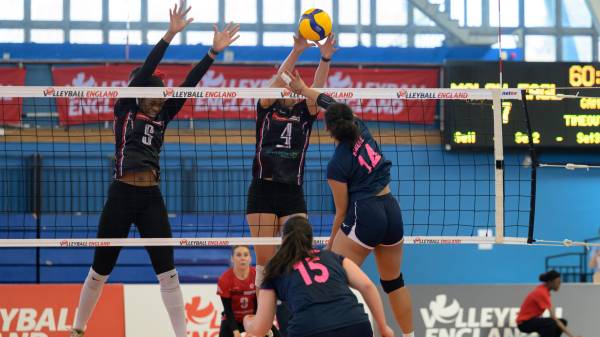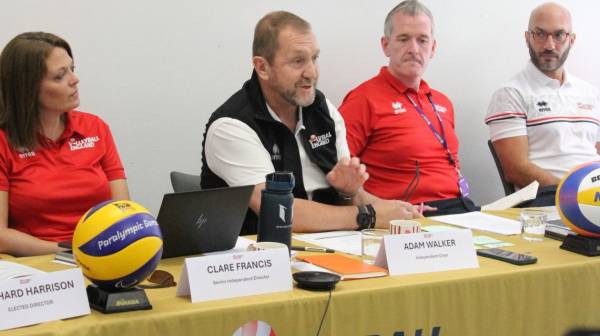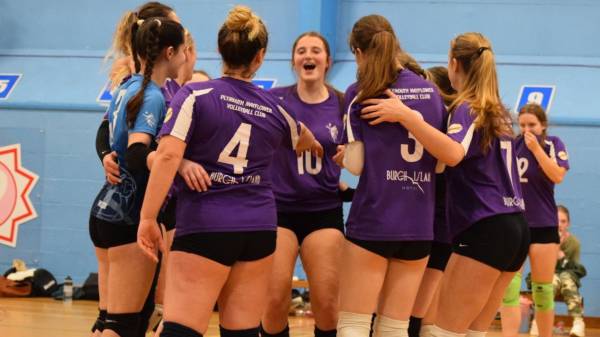11 Apr 2024
Club case study: Junior system thriving at Welwyn and Hatfield
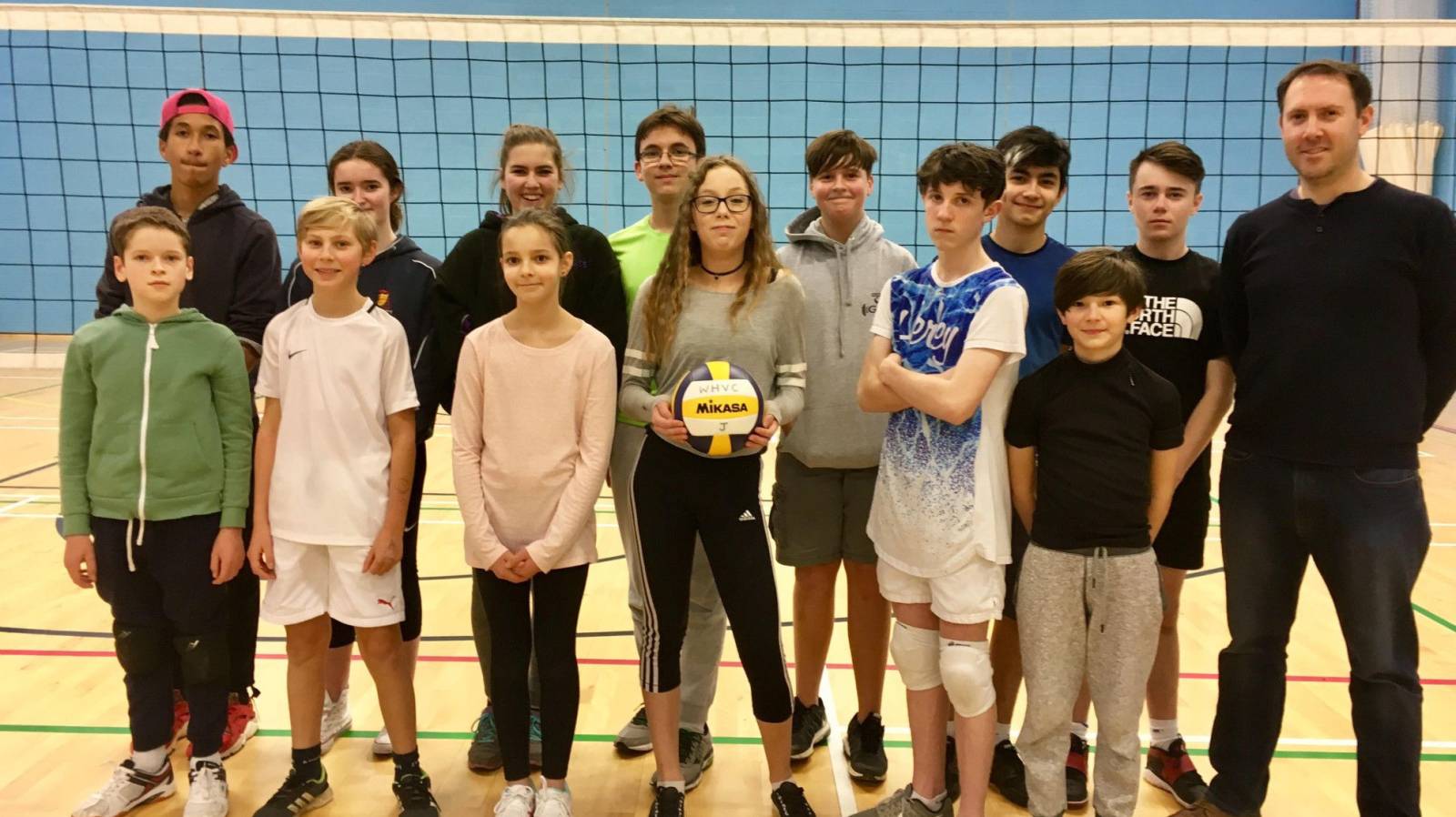
A demand for separate junior sessions
Club member Russell Franklin was approached by the then-Chair of the club about starting some junior volleyball sessions after she had been contacted by a number of juniors looking to learn more. At that point, however, the cub were not able to accommodate juniors within adult sessions.
As a Secondary PE teacher, he was also aware that his school had started to introduce volleyball as part of the curriculum, but there were very few opportunities for players to continue their development outside of that environment.
At the time, the Herts School Games had volleyball as a competition for schools to enter, but this only lasted a couple of years before it was removed from the competition. A junior section at the club would help to fill that void and allow players to continue their progression.

Building up the numbers
Initially, there were four players taking part on one badminton court for an hour a week, but then Russell went on a coaching course and made some initial investment in basic equipment.
He then contacted, via email and their social media accounts, all the secondary schools in the immediate area and some slightly further away, asking if they could make their students aware of the club.
With teachers being such busy people, he decided to print copies of posters to send out as relying on something to be printed by the schools would have been less successful.
Fellow clubs within the county also directed potential players to the club as Welwyn and Hatfield were the only club at the time that catered for juniors within the Hertfordshire area.
As a result of these measures, numbers began to grow steadily. First the club expanded to four badminton courts and eventually they used a full-size court with a badminton court for those players who were still developing their skills.

The impact of junior expansion
One of the club’s main hopes was to provide a pathway for its juniors to progress into its adult team, ensuring the growth of the club in the long run.
County association rules allowed for boys up to the age of 15 to play in the Ladies teams, which provided competitive opportunities for those who were ready to make the step.
With the support of a few adult players, the club was able to enter a third team into the county league, with the majority of players coming from the junior ranks.
During the early stages of development, Volleyball England did not offer a Tier 2 competition, and other local provision was very limited, so this proved to be an ideal solution.
Welwyn and Hatfield now has players that have come through the club ranks who are on the England pathway, are regional representatives and, in numerous cases, are now playing in the club’s adult teams. Some have left to go to university and then returned to continue playing!
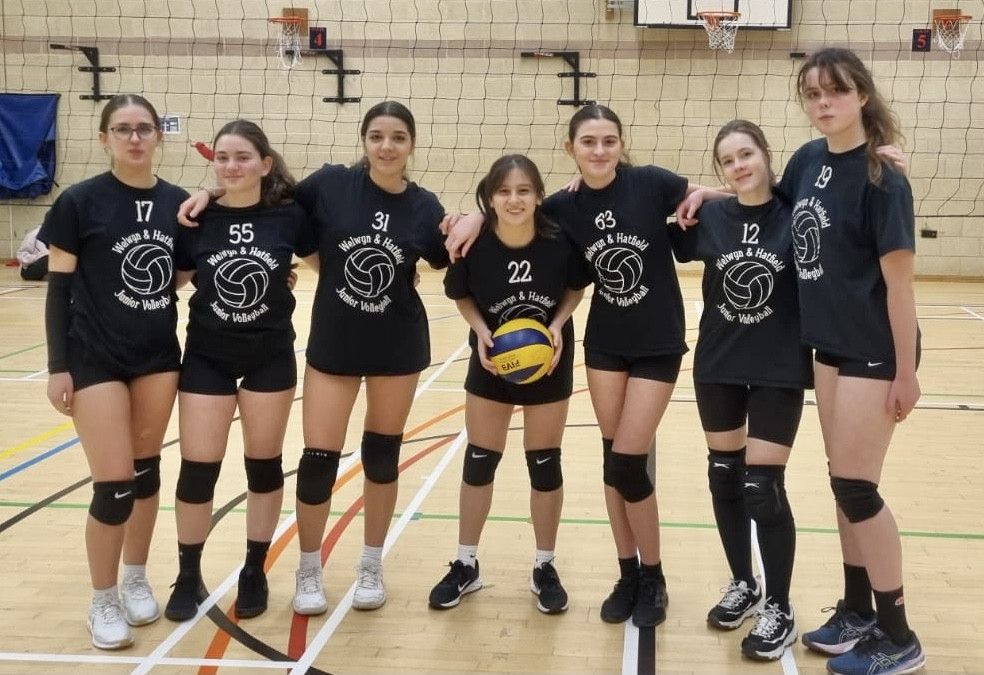
A post-pandemic spike in interest
Following the pandemic, the club saw a huge rise in the number of players wanting to join. Many of them mentioned the manga series Haikyu!! as being an inspiration for wanting to get involved.
Welwyn and Hatfield has now been oversubscribed for around three years and has expanded to two weekly sessions – beginners and development – and have an additional coach working with the older players.
A number of more advanced players also help out with the beginners’ group on a voluntary basis or as part of their Duke of Edinburgh awards.
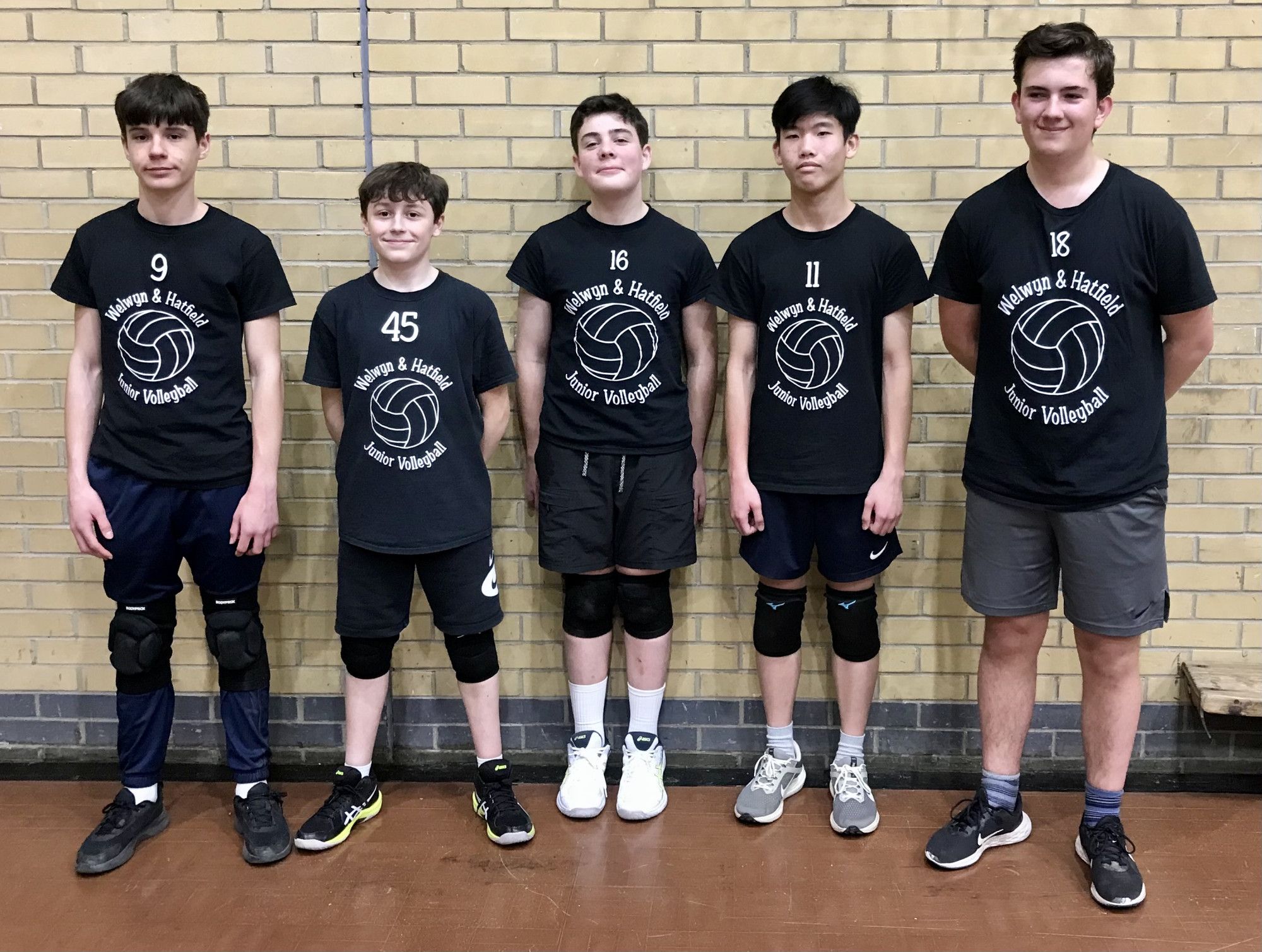
“The power of sport”
Russell said: “I was already aware of the power that sport can have in developing young people, and this is just another example.”
“To witness players’ development from complete novices to coaching them in 6v6 competitions against other clubs makes all the hard work worth it.”
Sharing the workload
“The biggest thing that I learned is that you need the support of others to make it work,” added Russell.
“In the early stages, it was manageable but the number of players we now have means that we need more coaches, more court time, more volunteers.”
“If we didn't have that, then any further expansion just wouldn’t have been possible. The demand is clearly there, but it can’t all be done by one or two people.”
Find out more
Any club interested in learning more about how Welwyn and Hatfield set up its’ junior development can email Russell via russell@whvc.org.uk.

